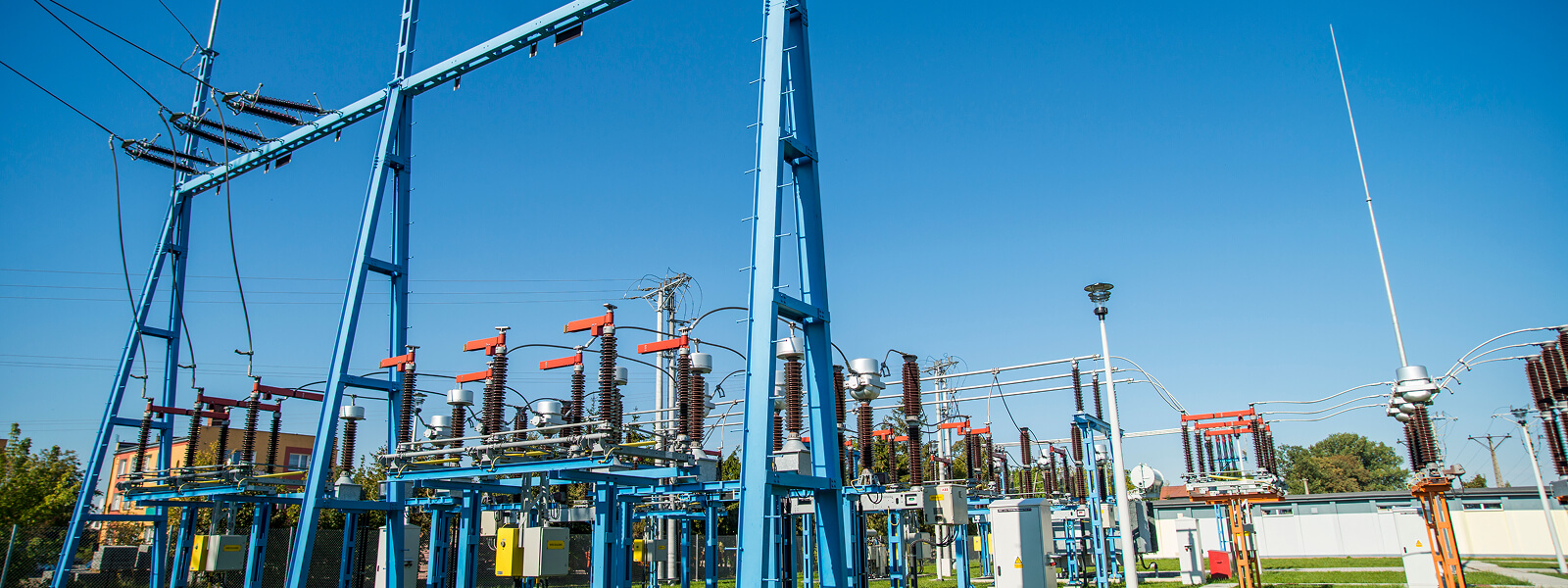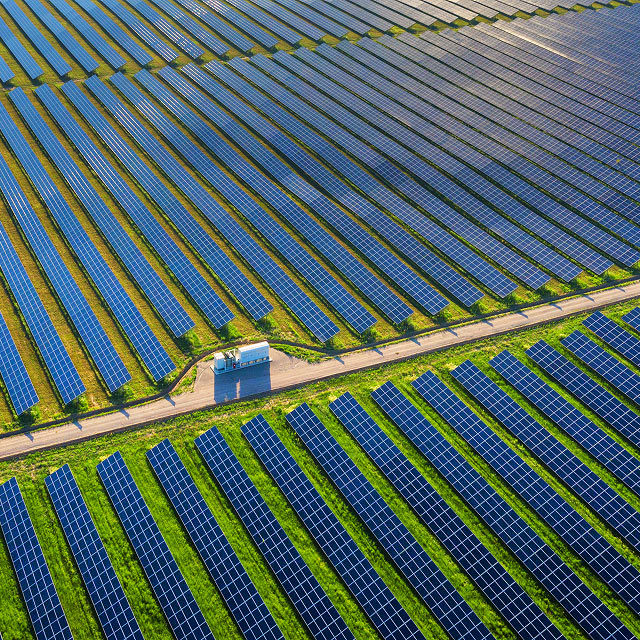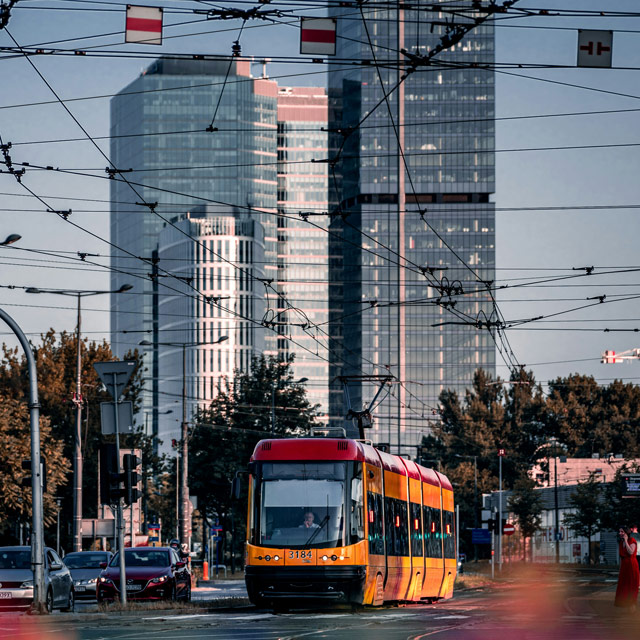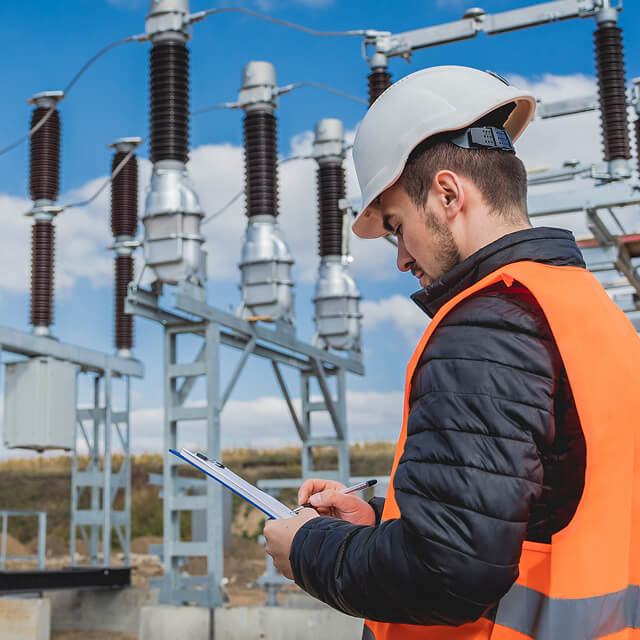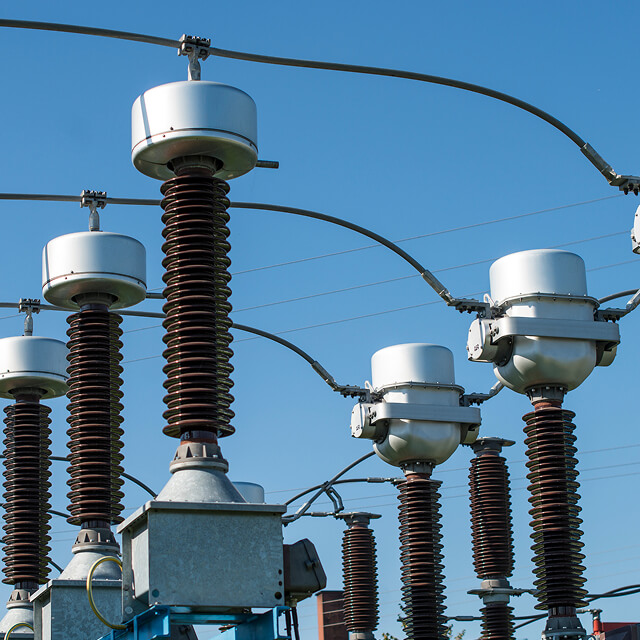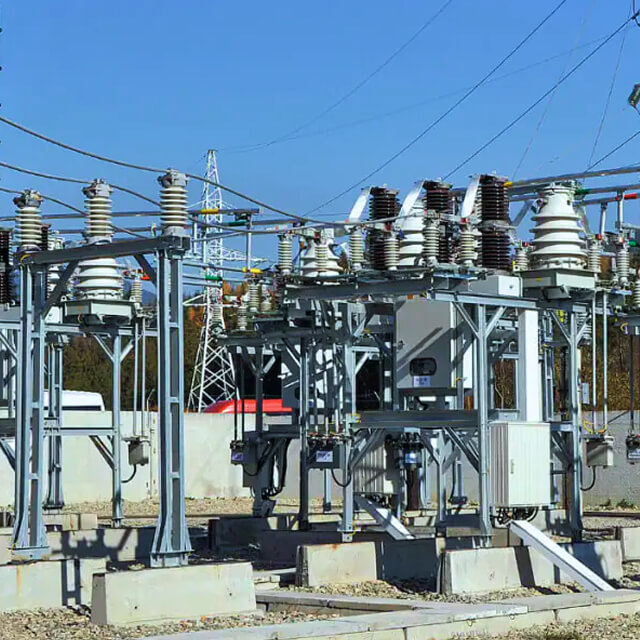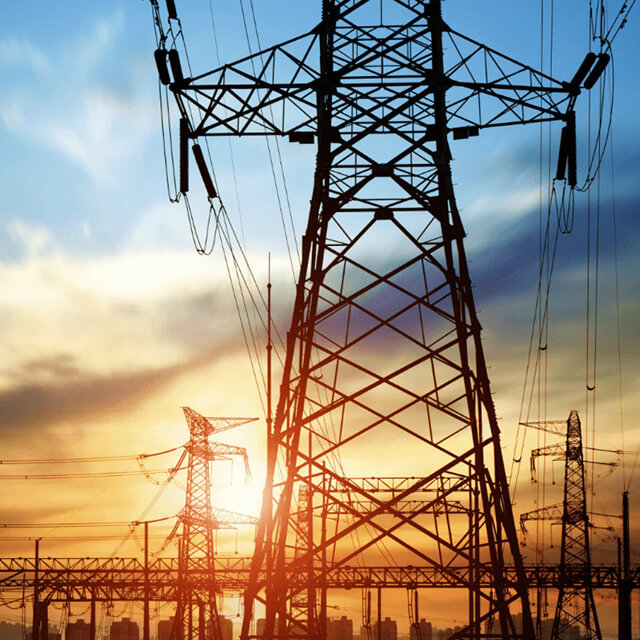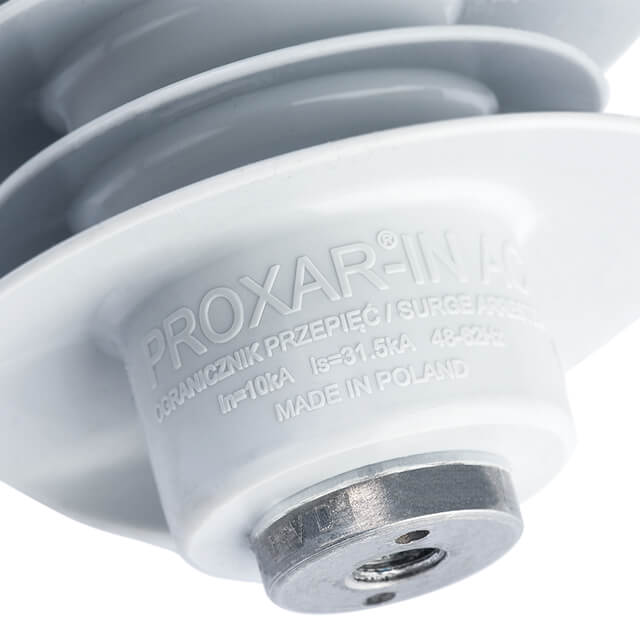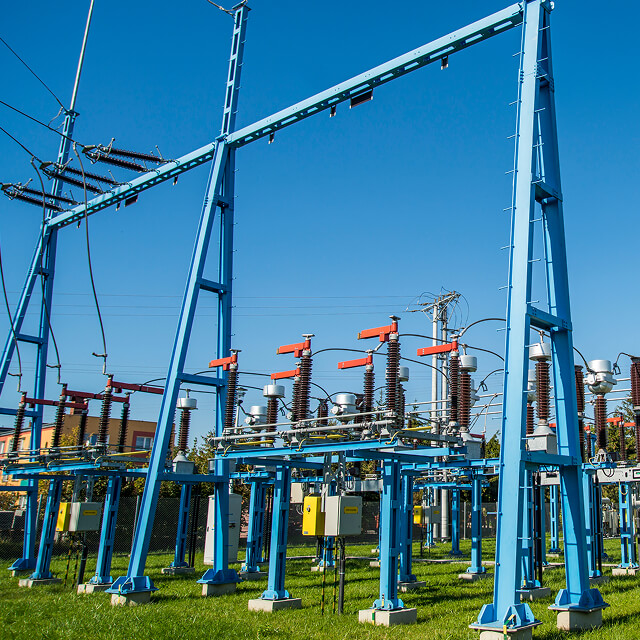Surge arresters are devices without which it is difficult to imagine medium and high voltage power supply networks. The solutions we produce are used in many power and industrial sectors and a variety of industries, but for each project they must be properly selected. Find out why this is so important?
Free consultationTable of contents:
Various designs of surge arresters can be found in electrical networks. However, the real challenge is the selection of the parameters of these devices used in MV and HV power systems. Such needs arise in utility power, industry, but also in RES. Find out how to select surge arresters for medium and high-voltage systems.
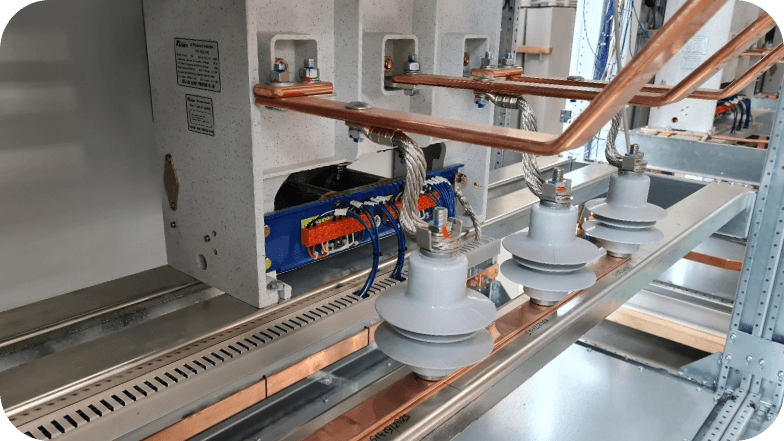
What are surge arresters and what is their function?
Surge arresters are electrical devices characterized by non-linear properties. When appropriately selected and operating under rated conditions, they do not introduce any disruptions to the power grid. Their activation only occurs when an overvoltage event transpires, which can be instigated by factors such as lightning strikes or voltage fluctuations resulting from power system switching.
The operation of the arrester is a state in which virtually all the overvoltage load drains to the ground through the internal structure of this device, and the overvoltage is reduced to a safe value for the system. Consequently, equipment and power systems safeguarded by surge arresters can operate smoothly without any interference. It is worth noting that surge arresters are engineered and manufactured to ensure prolonged operational reliability, whereas overvoltage events typically endure for mere fractions of a second and can recur multiple times. Therefore, it is important that after the arrester is tripped and the overvoltage disappears, the arrester should return to normal operation as soon as possible.
Surge arresters work under difficult conditions
In order to understand the harsh conditions in which the arresters must work, it is important to know that they must effectively protect networks from surges over a period of even several decades of operation, retaining the ability to dissipate energy during this time without losing their properties. In addition, overhead surge arresters can withstand long-term (often years) operation:
- sunlight and UV radiation,
- fluctuating ambient temperatures,
- precipitation,
- mechanical loads.
On the other hand, properly selected surge arresters have a wide range of protection. For example, surges as high as 100 kV can be generated in a network with a nominal voltage of 15 kV, and these surges are effectively dissipated by the arresters to the ground. What's more, surges of this potential can occur repeatedly, and user requirements stipulate up to 30 years of service for surge arresters.
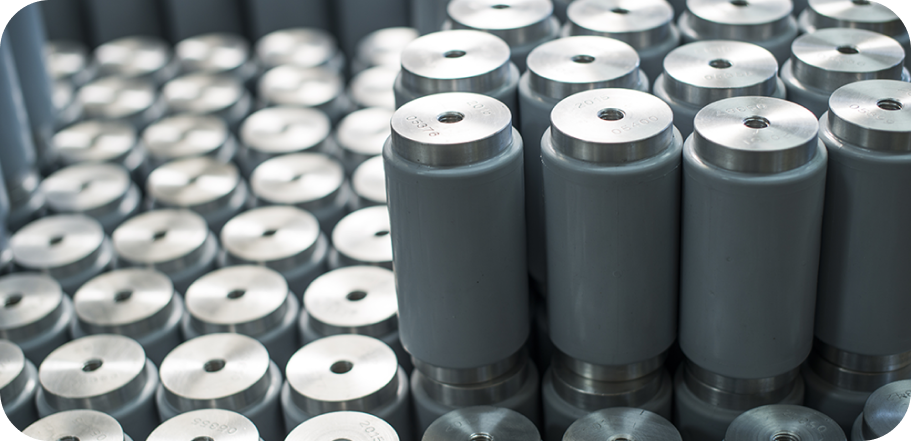
Selection of a surge arrester: parameters to be considered.
The proper selection of surge arrester parameters considers numerous factors and is conducted through a procedure that involves determining essential data, including:
- the highest voltage of the system Us
- short-circuit current in the place where the arrester is installed,
- ground fault coefficient,
- the maximum duration of a ground fault,
- how to ground the power grid and connect the protected equipment,
- lengths of cable sections,
- the anticipated distance between the arresters and the protected equipment,
- voltage of permanent operation of the arrester Uc in relation to Us of the network,
- rated voltage of the arrester with respect to TOV casual surges,
- the values of expected lightning discharge currents flowing through the arrester,
- the rated insulation level of equipment.
In this way, we tentatively select an arrester that meets the above requirements. In the next step, we determine the protective characteristics of the arrester for lightning and switching surges. Then comes the time to choose the best location for the arrester, which should be mounted as close to the protected equipment as possible. However, this is not always feasible due to the technical conditions of the project or facility. This was the case, for example, when working with the one of our customers in Poland.
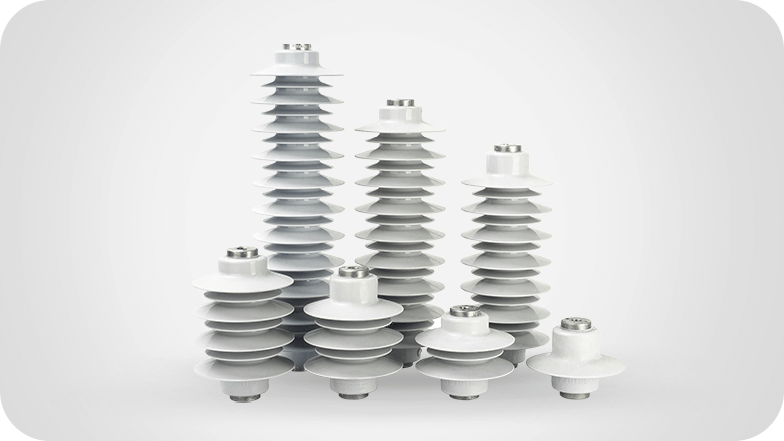
Improper selection of arrester - consequences
The selection of surge arrester parameters is a collaborative effort involving designers, operation supervision services, and companies like Protektel that provide support to these professionals. In some cases, surge arresters with suitable parameters are chosen based solely on a schematic diagram or a network design description. This process entails significant responsibility, as incorrect selection of surge arresters can have severe consequences.
This is because it is enough to realize that these devices also operate in the country's highest voltage networks and in the most important power generation facilities. The failure of a 400 kV transmission network, which can be a consequence of an improperly selected arrester, can deprive critical infrastructure, for example, including hospitals and industrial facilities, of power.
Another example is the Jaworzno power plant in Poland, whose output covers as much as 10% of the country's electricity demand. Improper selection of arresters at this site could lead to a widespread and difficult-to-repair failure. Its consequences would be catastrophic on a national scale.
Would you like to consult on limiter selection?
Given the critical importance of selecting the right surge arresters and the potential repercussions of making incorrect choices, we possess the knowledge and experience needed to ensure the effective protection of your electrical equipment and power systems. If you are currently contemplating the appropriate surge arrester for your needs, please do not hesitate to get in touch with us. Our experts are readily available to provide guidance and advice on surge arrester selection. Such a meeting is always non-binding, and our experts are more than happy to offer advice.

